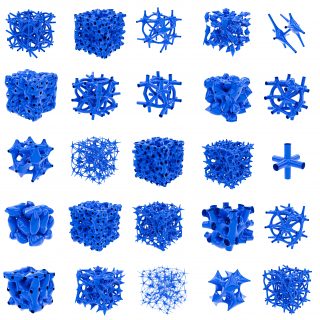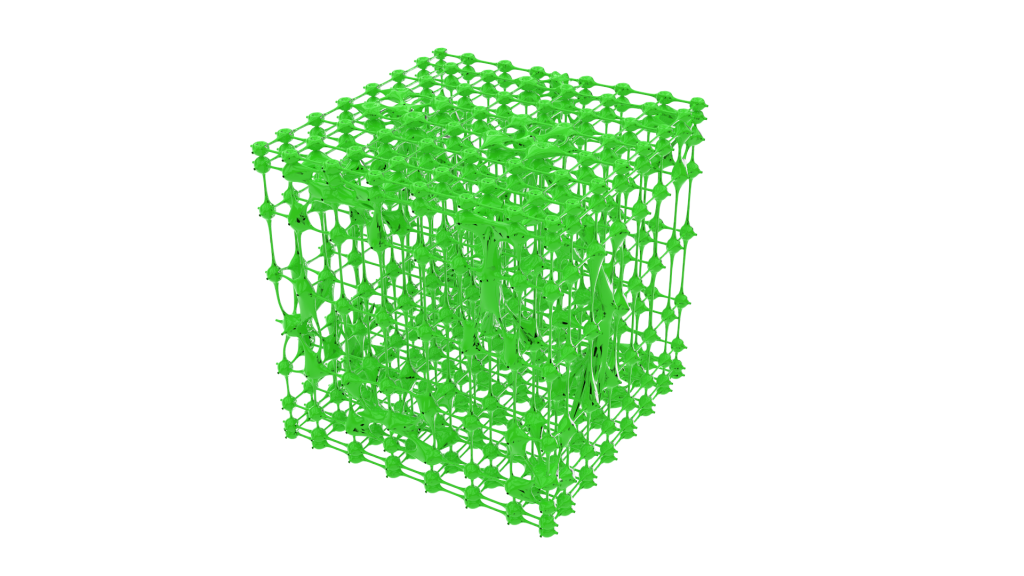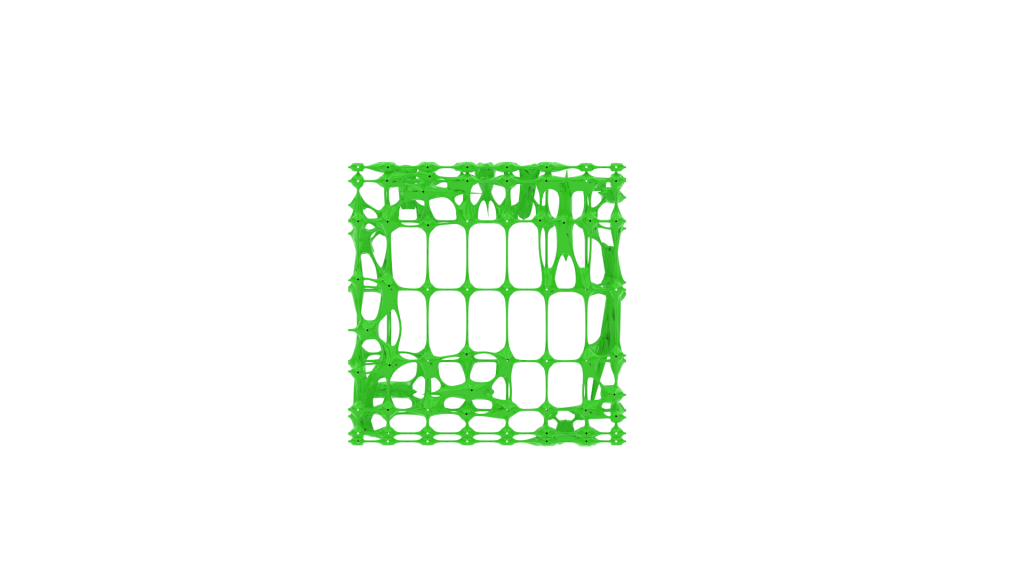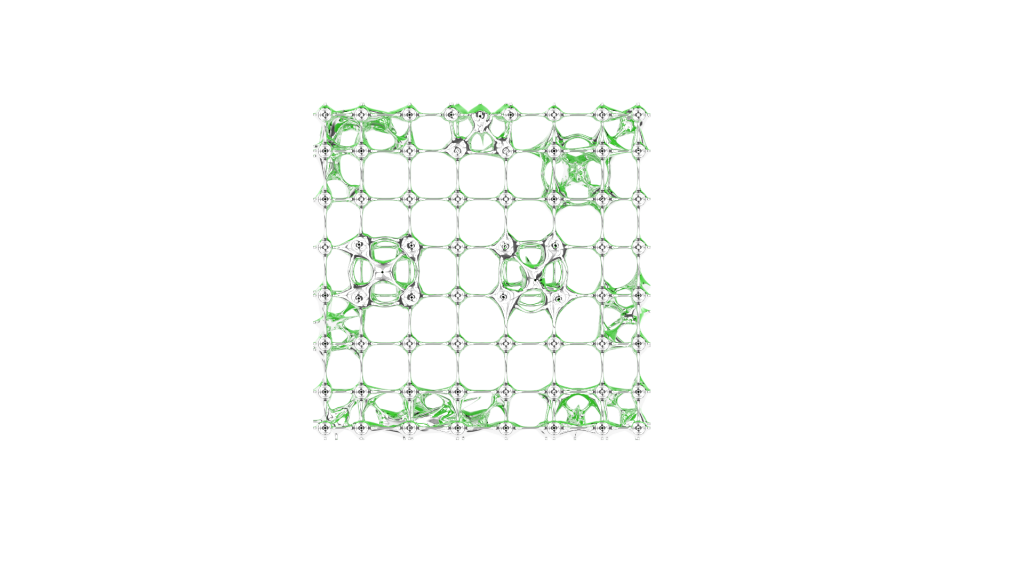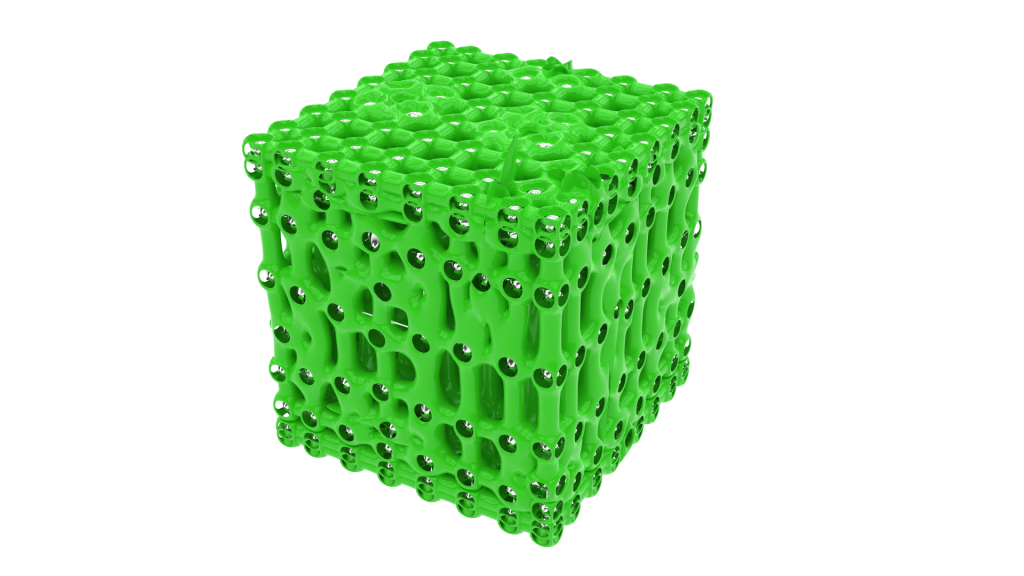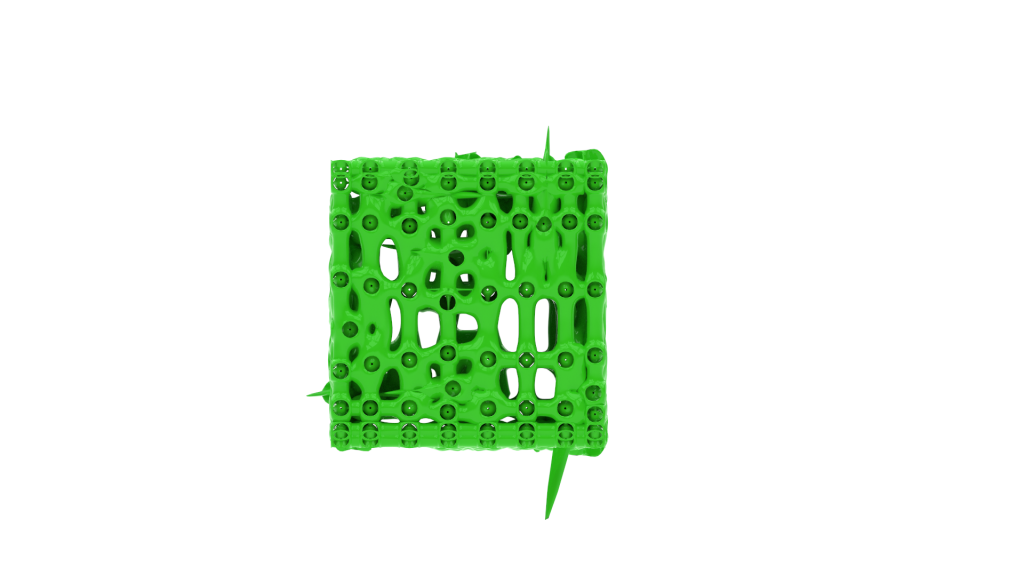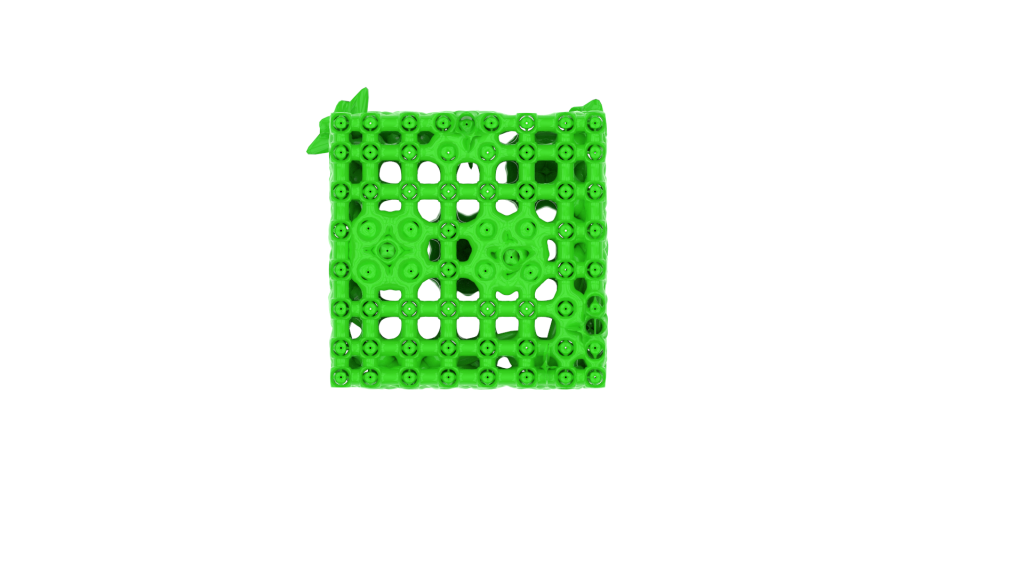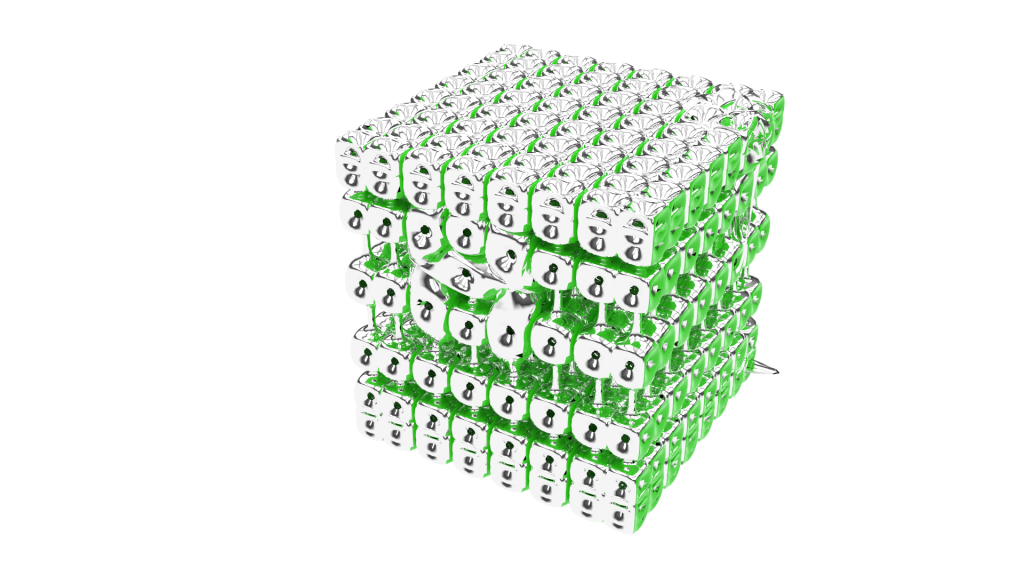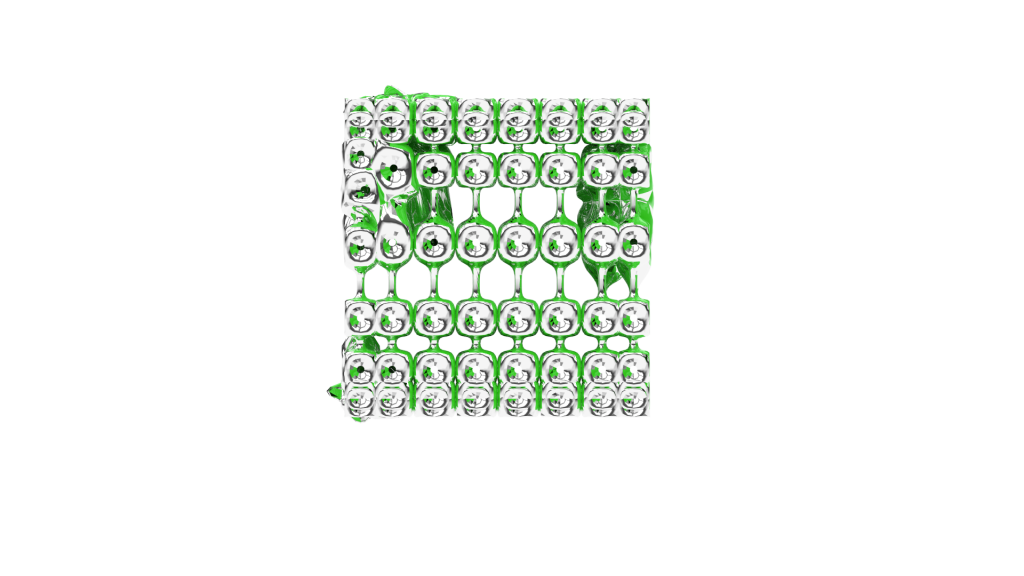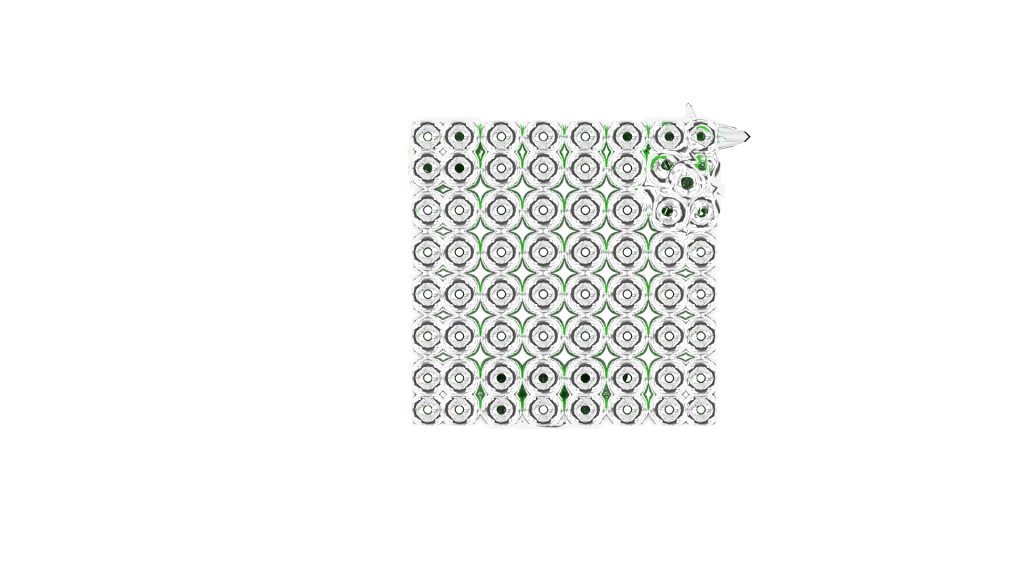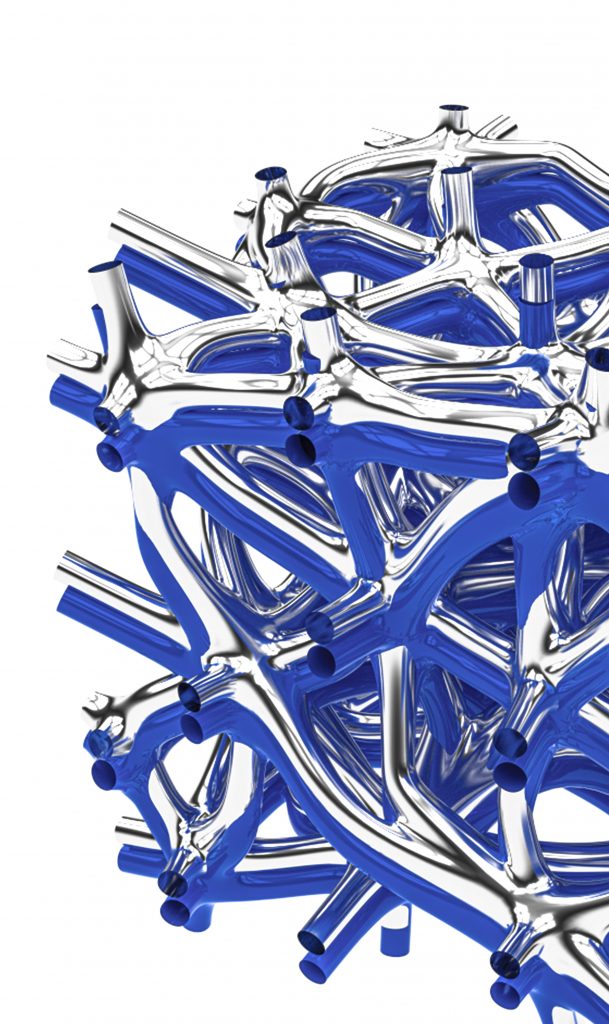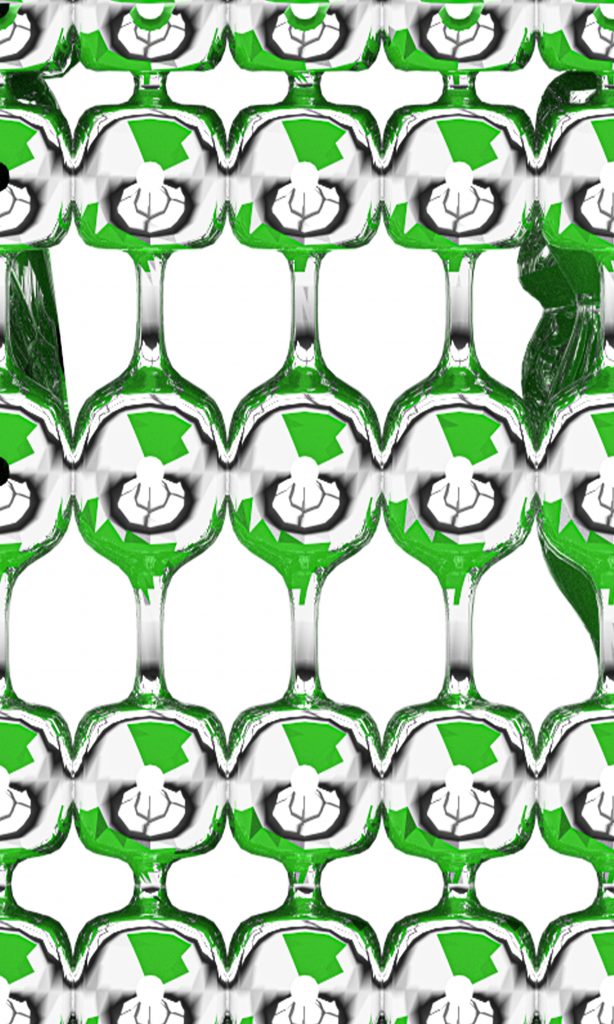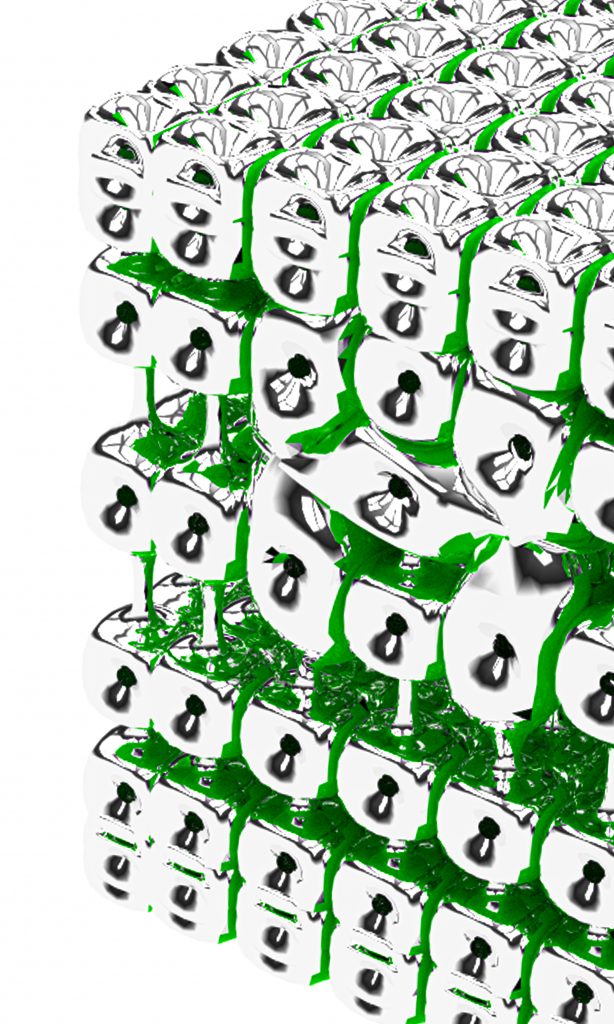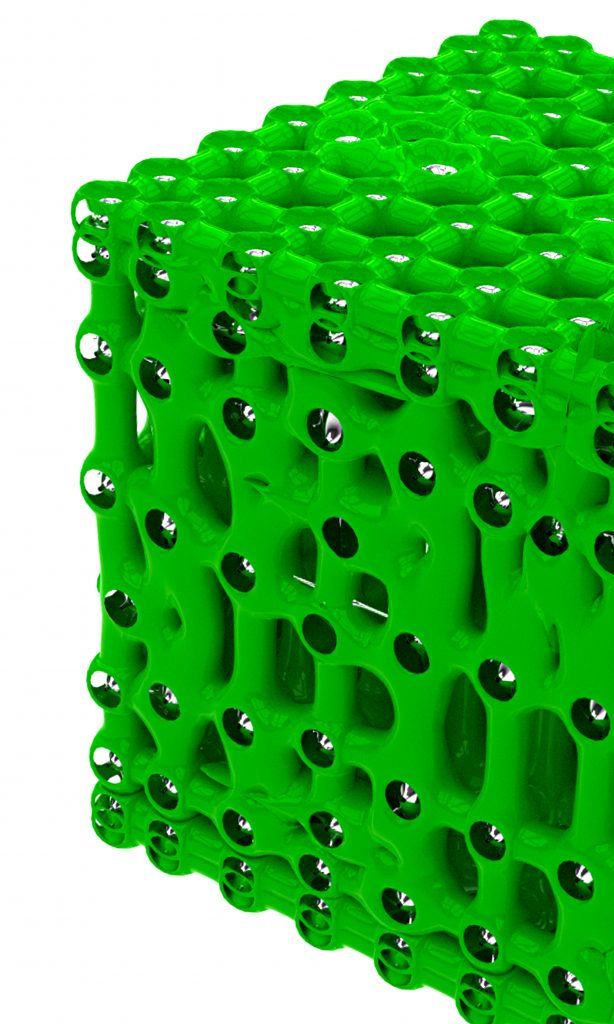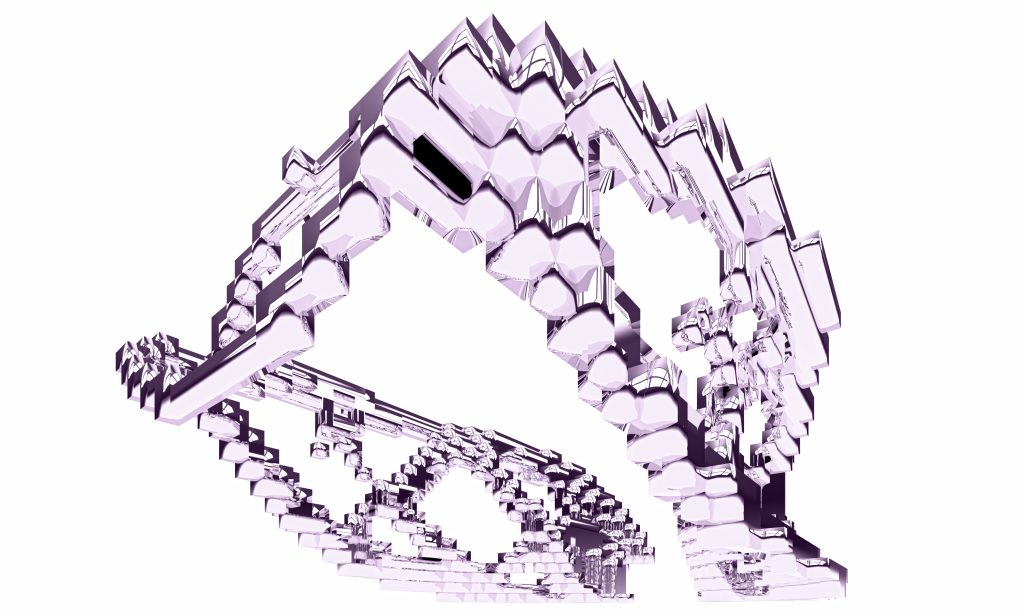INTRODUCTION:
The Biohouse project by MAAS studio represents a bold attempt to revolutionise housing by bringing a new concept of the material of the future into play. The main goal of the project is to create a house based on a homogeneous material – a structural sponge – that not only meets residential standards, but also provides the inhabitants with everything they need to live comfortably. This chapter will take us through the key aspects of the Biohouse concept, highlighting the inspiration, research objectives and potential of the homogeneous material in the architecture of the future.
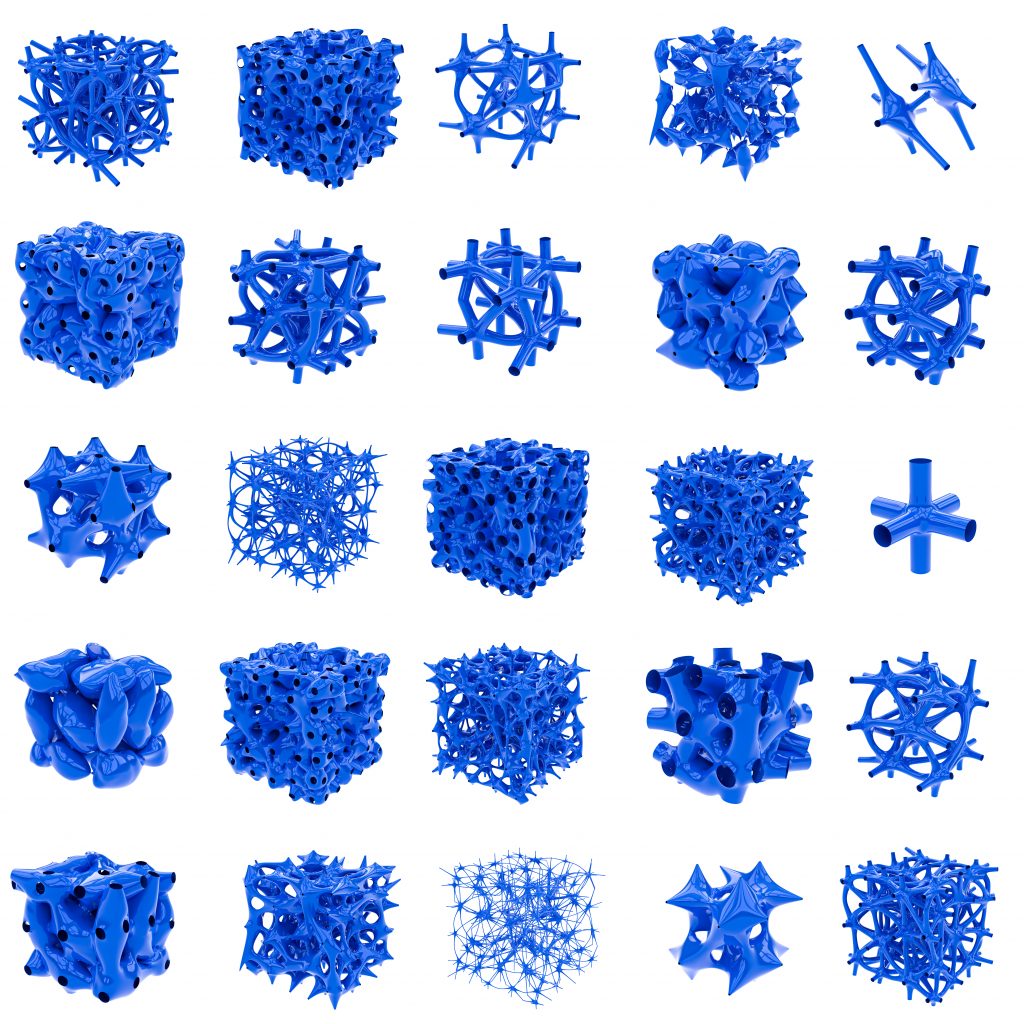
CONCEPT:
The Biohouse project is not just a house of the future. It is an experiment, a research journey in housing and material technology. The concept of a single material, flexible and adaptable, opens up new possibilities in the design of living spaces. Biohouse is not just a building; it is a step towards a revolution in the way we think about housing, materials and our role in nature.
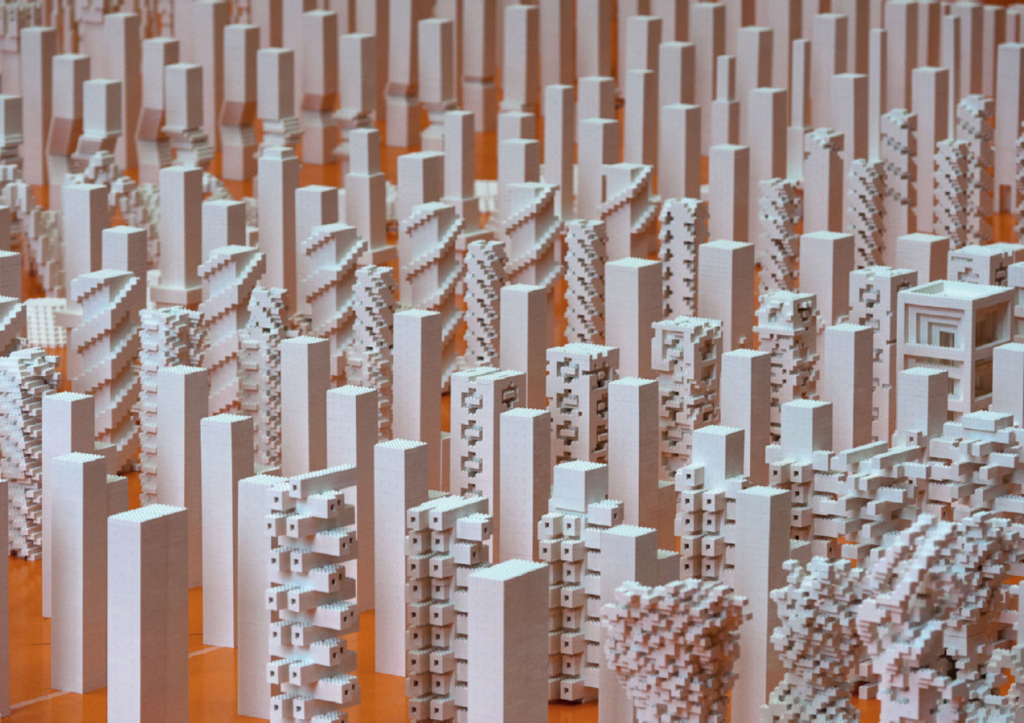
INSPIRATION:
Inspiration from the fairy tale ‘Barbrapapa’:
At the heart of the Biohouse concept is inspiration from the children’s fairy tale ‘Barbrapapa’. Moving into a world of flexible and shapely characters, we began to wonder if a similar approach could be applied to architecture. The fairy tale not only provided us with creative stimuli, but also reminded us of flexibility and adaptability, which may be key to the future of housing. Also, the analysis of the MVRDV, The Why Factory and Winy Maas projects represented another milestone in the development of the Biohouse concept. By studying ‘Biotopia’ and similar projects, we began to see the potential of a homogeneous material as a structural foundation for revolutionary housing solutions. These references helped us define how our design could differ and evolve, given the uniqueness of the material – structural sponge.

Barba, Life in a Fully Adaptable Environment | (thewhyfactory.com)
GOAL:
The Biohouse project represents not only an experiment in architecture, but also an exploratory plunge into the future of materials science. The attempt to create a ‘super-material’ in the form of a sponge that can adapt to different conditions and needs opens the door to new possibilities in the field of materials engineering. Our aim is not only to create a functional house, but also to contribute to the development of future technologies that can revolutionise not only architecture, but society as a whole.
Introduction: Creating a Super-Material in Grasshopper – Exploring the New Frontiers of Material Design
In this tutorial, we will move into the fascinating world of Grasshopper to experiment with creating a super-material for a Biohouse project. Our aim is to create a material that not only performs structural functions, but also adapts to the changing needs of its users. The script we will discuss consists of three different scenarios, representing the diversity of the super-material’s potential. Through this tutorial, we invite you to experiment with Grasshopper and discover the potential of the super-material in the context of a Biohouse project. Each of the three scenarios will give you a better understanding of how to design with Grasshopper to create a material with unlimited possibilities. Let’s now turn to the details of the first scenario – creating a uniform structured material.
Script and Thinking About It:
- Creating a Unified Structural Material:
The first script focuses on the basic creation of a unified structural material. We will use Grasshopper to generate geometry that represents the structural sponge as a whole. We will define parameters, such as cell density or degree of elasticity, to produce a material with the desired structural properties. This fundamental approach will allow us to understand how one material can perform different functions.
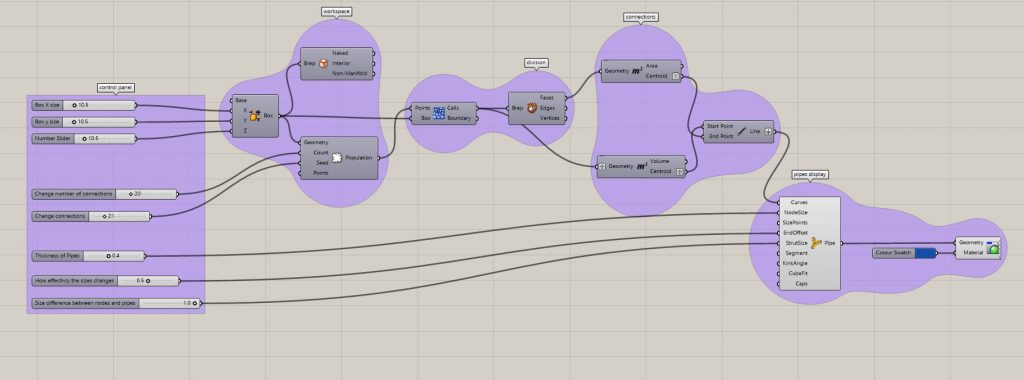
1a. in this step, we define the workspace for our supermaterial cube, which we will then be able to modify
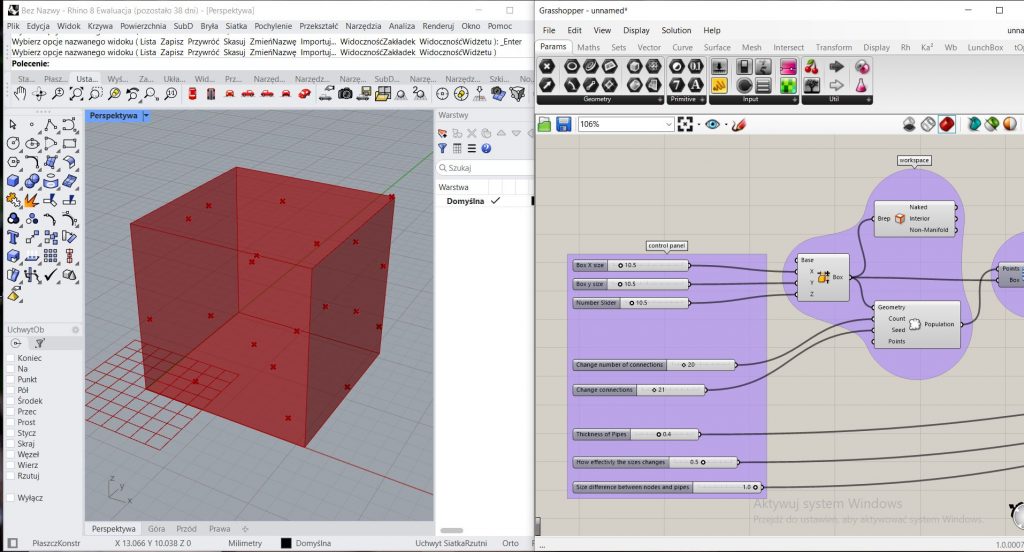
1b. then divide the resulting space into fragments, mimicking the structure of living organisms
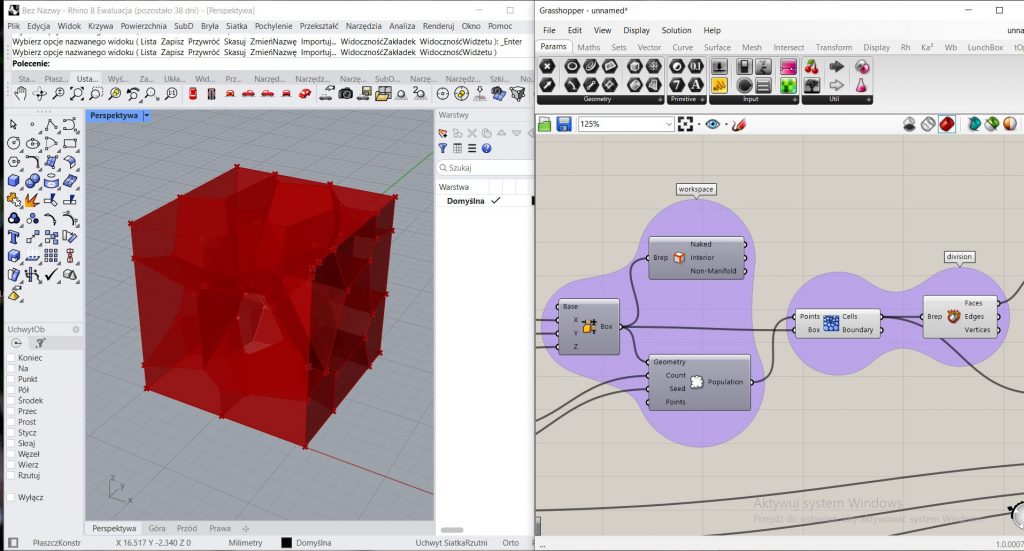
1c. then find the focal point of each of the resulting cells in the wall – this will ensure that our network of connections is uninterrupted
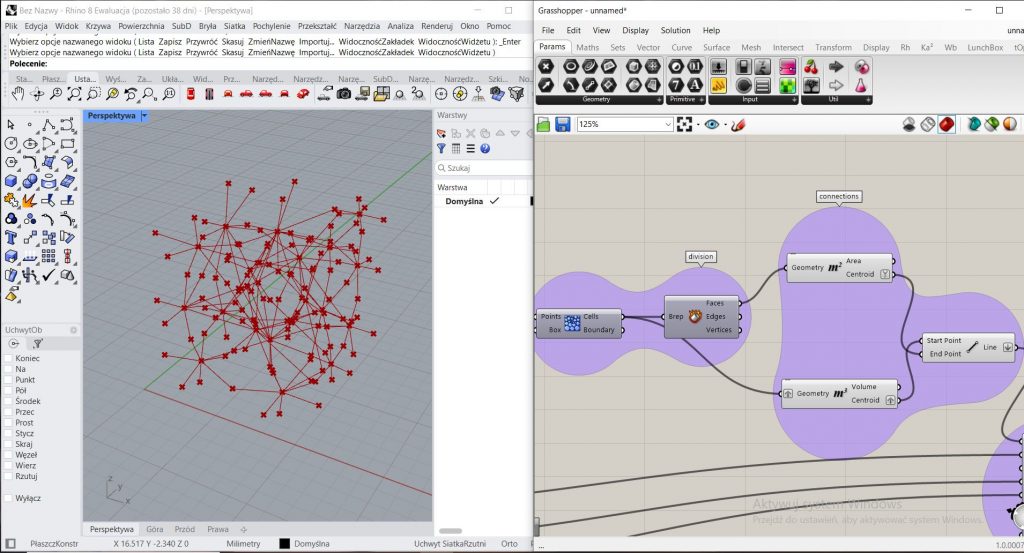
1d. finally, we give each joint specific physical parameters – thickness, width, dynamics of change, etc.
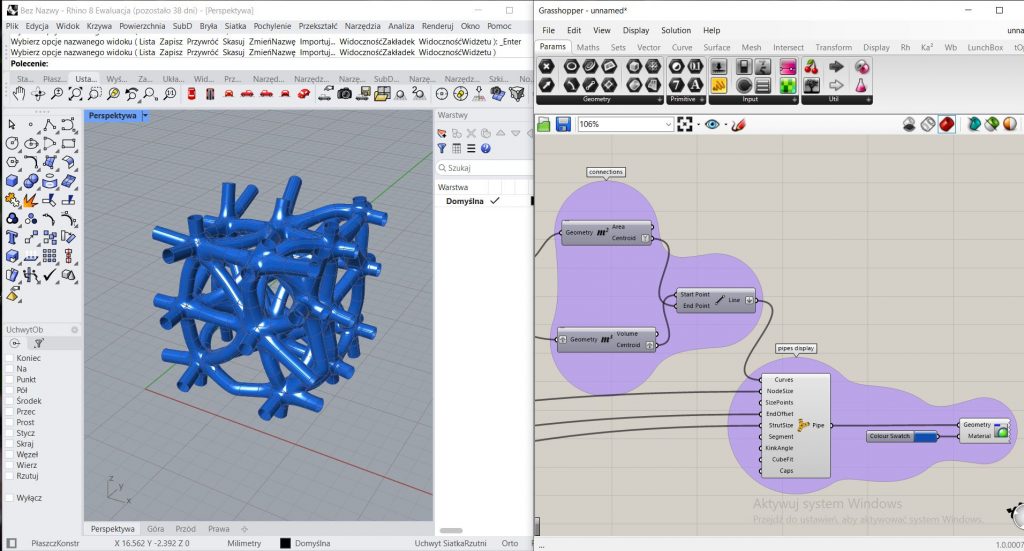
FINAL OUTCOME (for step 1): The result of our work is a fully para-metric cube module of the super material, which we can shape according to the needs this material has to fulfil
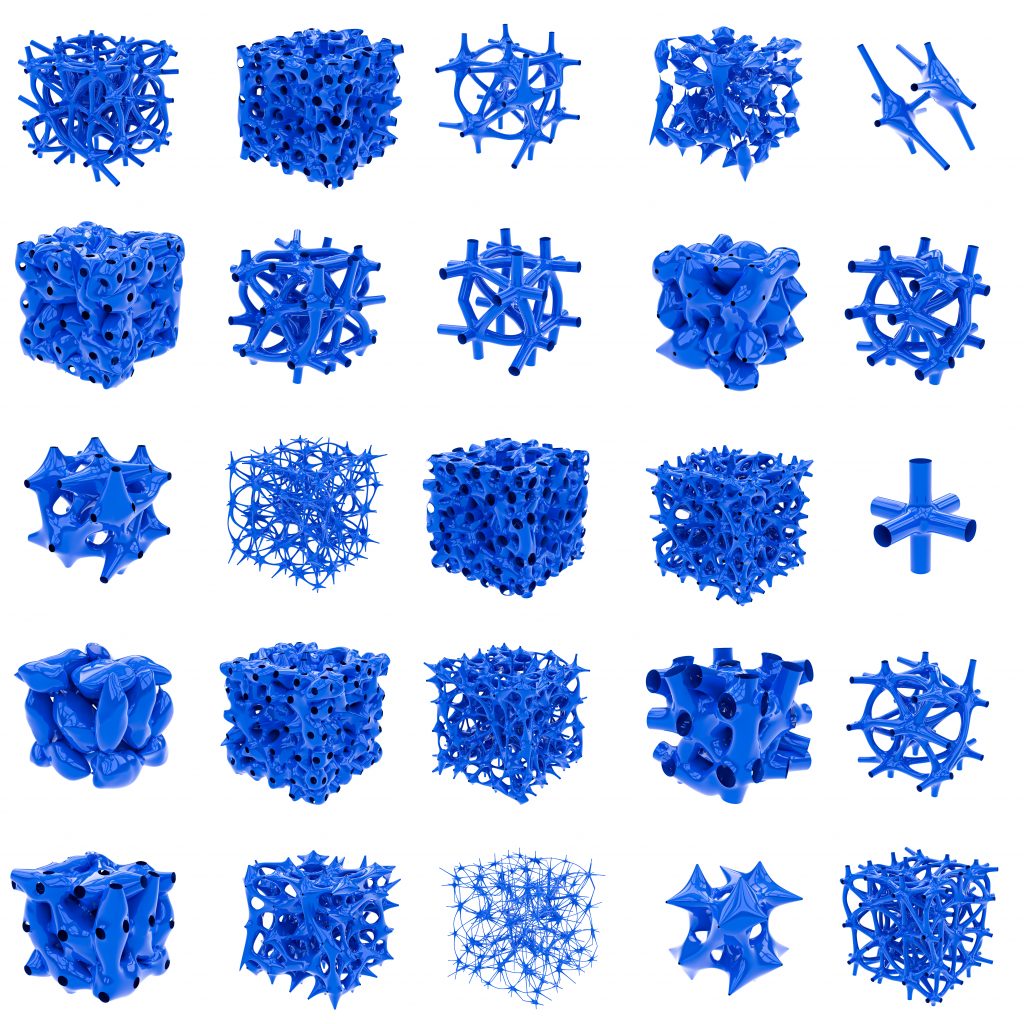
2. Creating a Specialised Material:
The second scenario will focus on creating a speciality material that can compact as required. We will use Grasshopper to create an algorithm that allows us to change the density of cells in specific areas of the material. This aspect of the project addresses the idea that the super-material can adapt its properties to specific conditions, responding to different user requirements.

2a. As in script one, we start by creating a workspace
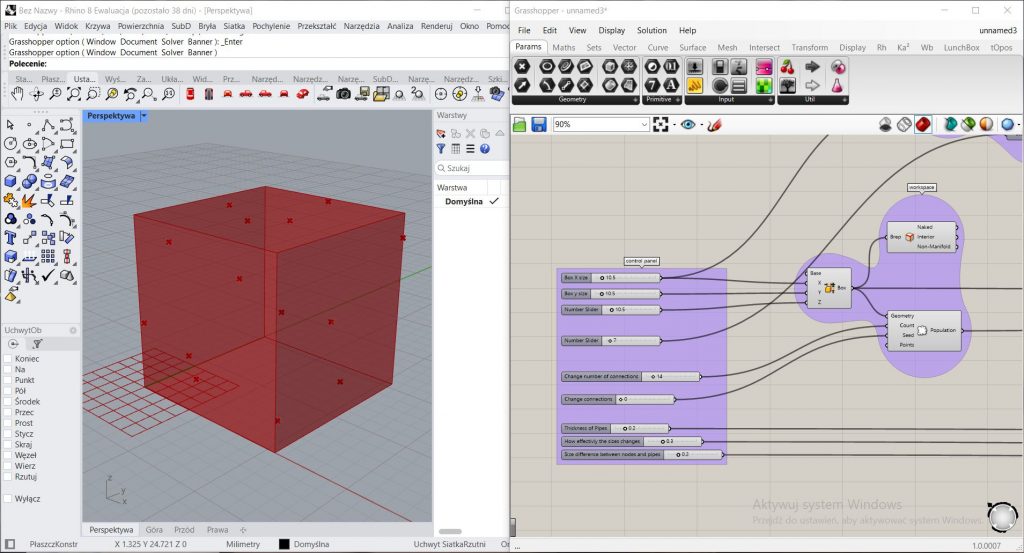
2b. the space created is then divided into layers, on which we place a grid of points – this will enable us to modify the distribution and density
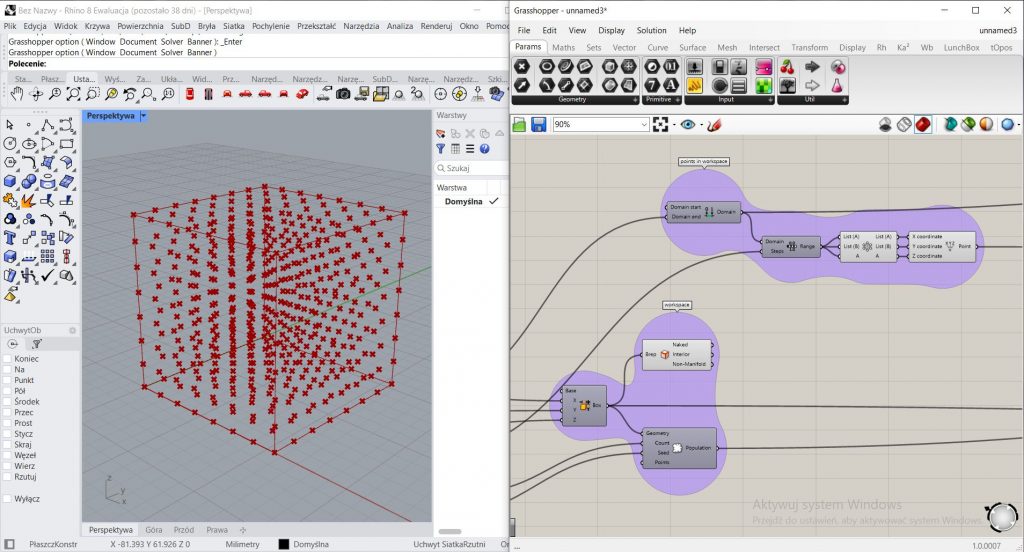
2c. then, depending on the desired effect, we can thicken or thin the mesh to give our future material specific properties
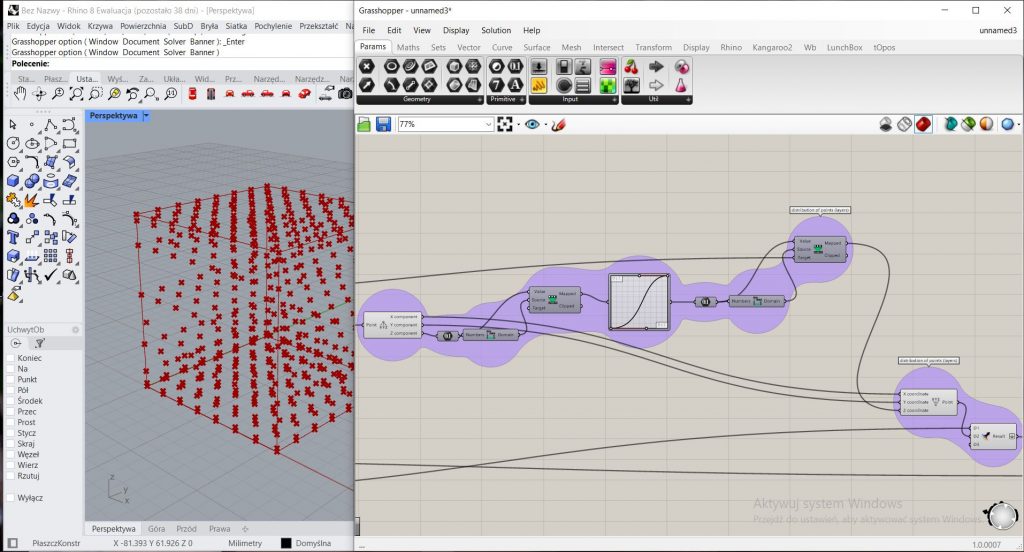
2d. as in the first script, the resulting grid of points is converted into cells
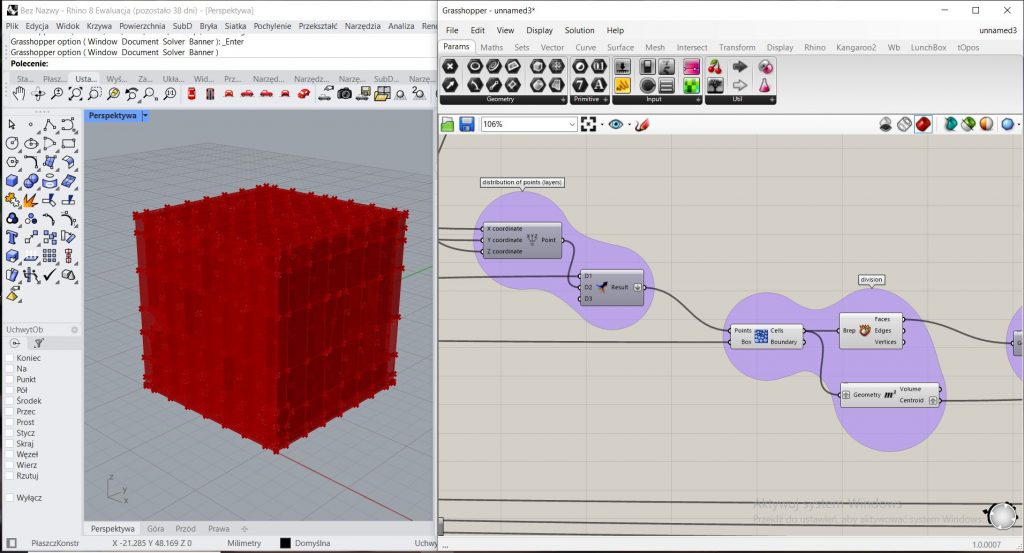
2e. then find the midpoints of each cell wall to form a connection structure
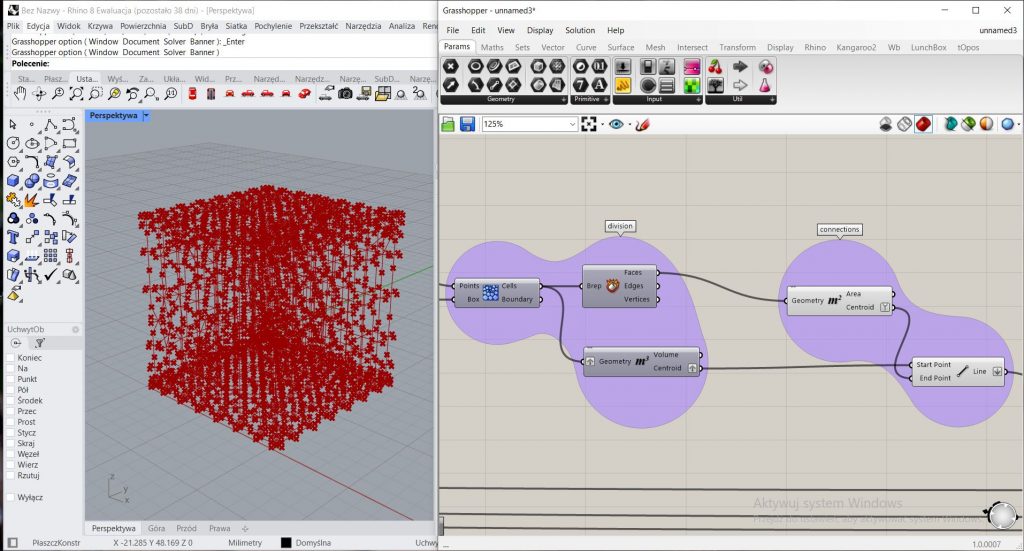
2f. once the connections have been created, they can also be modified and changed in appearance according to the desired effect
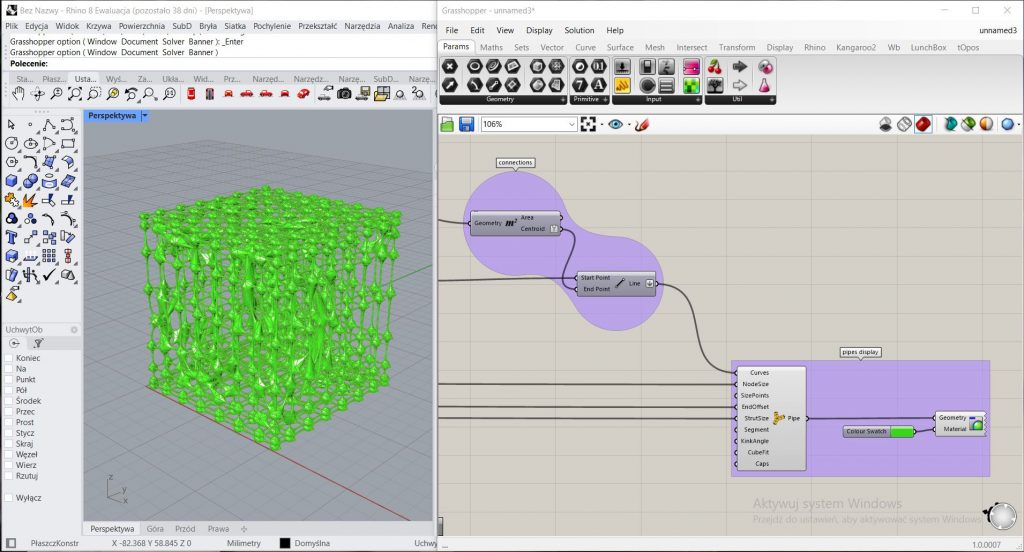
FINAL OUTCOME (for step2): the resulting mesh can be modified depending on the function to be performed by the supermaterial – we can imitate thermal insulation, acoustic insulation or even water insulations
3. Creating Mock-up Furniture:
The third scenario will take us into the interior world of Biohouse, where we will focus on creating the mock-up of a piece of furniture. We will use Grasshopper to model the structure of the furniture, taking ergonomic and functional aspects into account. This exercise will help us see how a super-material can be put into practice, providing not only aesthetics but also fulfilling vital functions in the context of living in the Biohouse.
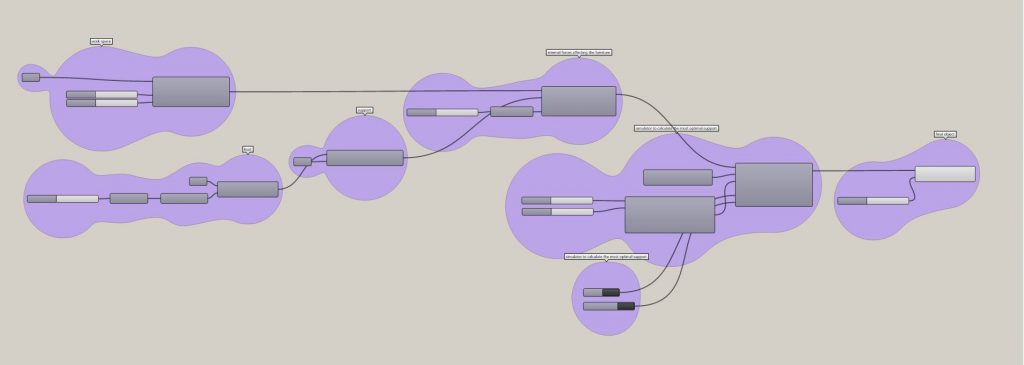
3a. first of all, we start by defining the workspace, i.e. the area that will limit our future furniture. then we define the support that our structure will rest on and the load it will be subjected to
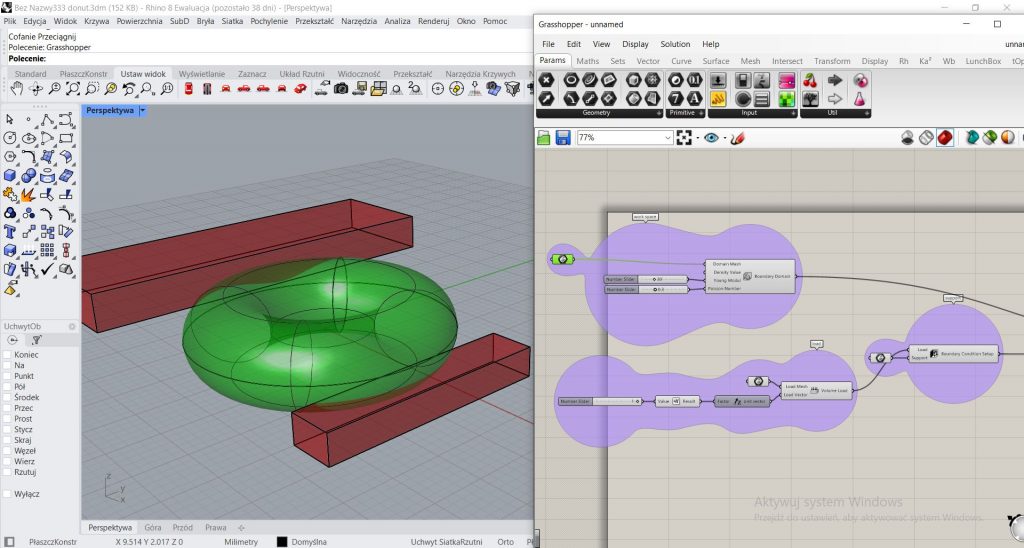
3b. we then enter specific data related to the physical interaction of the predefined spaces
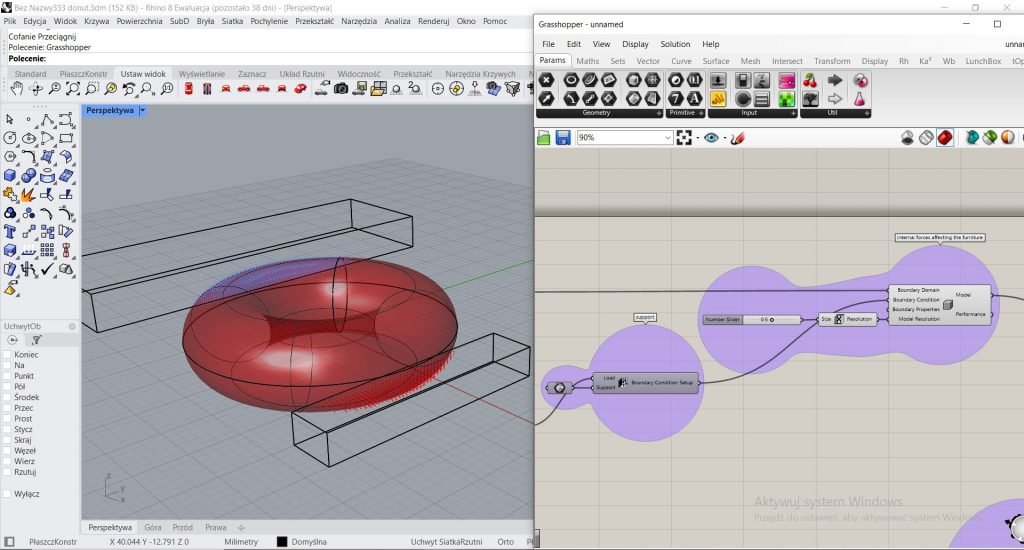
3c. we then carry out a parametric calculation which calculates the most optimal solution for the variables adopted. the calculation is carried out on the units we define – in my case these are cubes
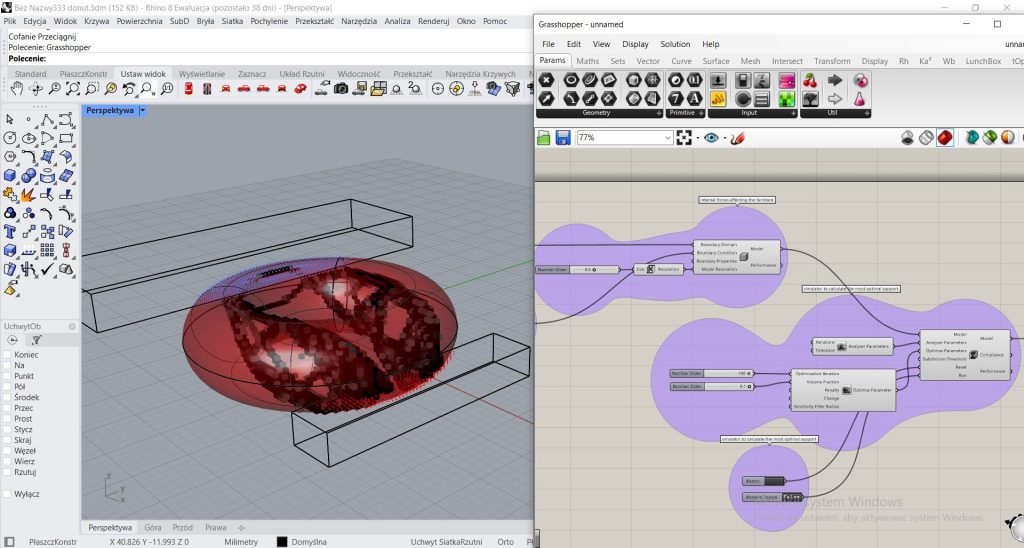
3d. once the calculations are complete, we have a finished prototype of the furniture proposal
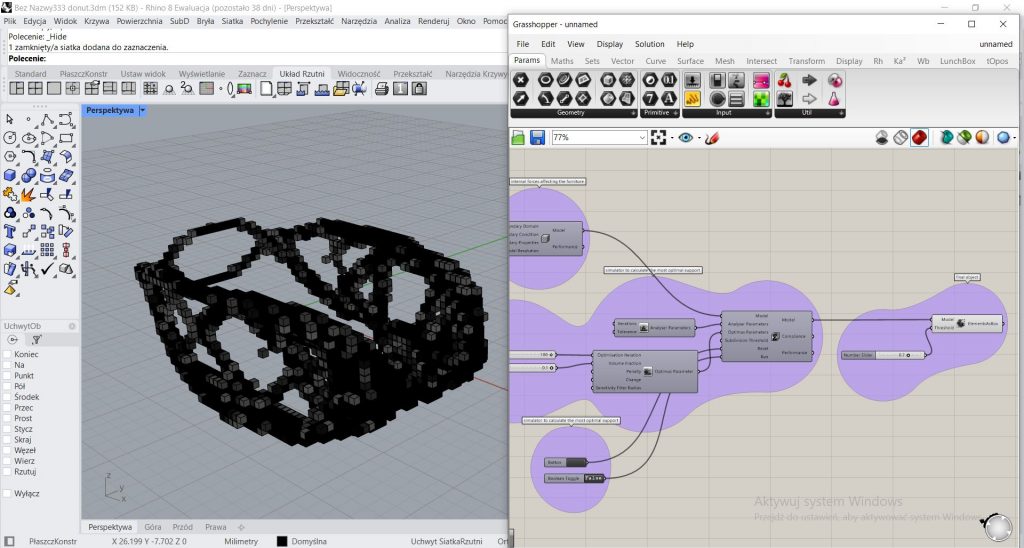
FINAL OUTCOME (for step3): in my case, I made a proposal for the support of the top/trunk, but the code gives us the opportunity to make such a calculation for any type of future furniture

SUMMARY:
Through this tutorial, we invite you to experiment with Grasshopper and discover the potential of the super-material in the context of a Biohouse project. Each of the three scenarios will give you a better understanding of how to design with Grasshopper to create a material with unlimited possibilities. Let’s now turn to the details of the first scenario – creating a uniform structured material.
CONCLUSION:
Exploring Grasshopper in the context of designing a super-material for Biohouse is a fascinating challenge that opens up new horizons in material design. This tutorial is just the beginning of a journey to discover how a homogeneous material could become a key element in the future of housing. In three different scenarios, you have had the opportunity to immerse yourself in the process of creating a structurally uniform material, experiment with cell density and model the mock-up of a piece of furniture, reflecting Biohouse’s vision. We encourage you to continue this journey, adapting and developing the scenarios presented here to discover even more of the super material’s potential. Let this tutorial inspire you to explore innovative design solutions and develop our vision of the housing of the future. The adventure has only just begun!
AUTHOR: Maciej Oberzig, Warsaw University of Technology, Poland
